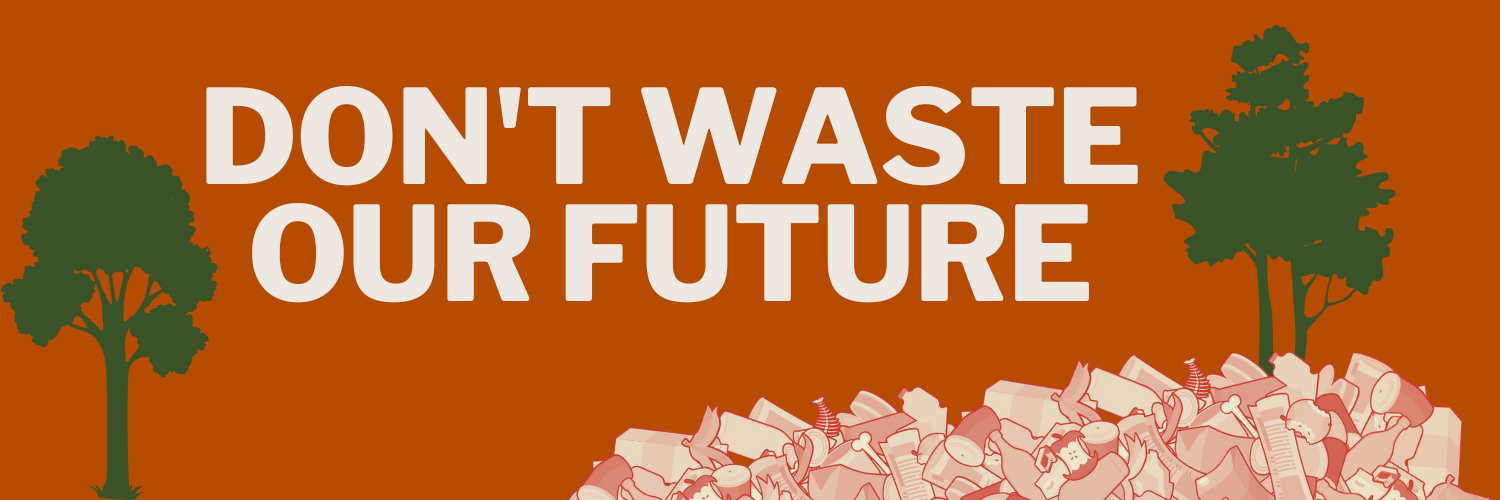Waste dashboard: massachusetts
In Massachusetts, landfills are by far the largest industrial source of methane, a super-polluting greenhouse gas with about 80 times the short-term warming potential of carbon dioxide. Massachusetts is also home to five operational municipal solid waste incinerators, among the highest number in the U.S. Like landfills, waste incinerators pose a major health hazard to local communities, emitting toxic air pollutants like particulate matter and heavy metals which are linked to a variety of health problems including asthma, heart disease, and high blood pressure. Far too much of the 6 million tons of garbage produced by the Bay State each year is burned or buried. The Healey Administration has an opportunity to dramatically scale up our efforts to reduce and divert organic waste, keeping organic waste out of landfills and incinerators: now, we need them to take that opportunity.

Industrious Labs’ analysis is based on the following data sources:
U.S. EPA Greenhouse Gas Reporting Program (GHGRP) 2022: Facilities emitting over 25,000 metric tons of CO2-equivalent/year. Industrial sectors included: Chemical Manufacturing, Food Processing, Metals, Minerals, Mining, Other Manufacturing, Petroleum and Natural Gas Systems, Petroleum Refineries, Pulp and Paper, and Waste.
U.S. EPA Landfill Methane Outreach Program (LMOP) (July 2023)
U.S. EPA GHG Equivalency calculator
*MT = metric tons
The cost of burning trash
Massachusetts is home to five Municipal Solid Waste incinerators, burning more household waste per capita than any other state in the country. Learn more about the steep costs of incineration: to our climate, to human health and to the economy.
Massachusetts Landfills Projected to Fill up by 2030, while 40% of waste is banned recyclable material
According to environmental non-profit Keep Massachusetts Beautiful, the state is down to just six landfills, all of which are on track to be full by 2030. Meanwhile, a 2022 report by Zero Waste Massachusetts found that 40% of waste that is burned or buried in the state is banned material that could have been composted or recycled.
Four dangerous southern new england landfills to keep an eye on
Conservation Law Foundation’s Zero Waste Project surveyed all 75 solid waste and ash landfills operating in New England, particularly the ones trying to expand. Here’s an overview of four southern New England landfills that our friends at CLF are actively advocating against.
The Environmental Protection Agency (EPA) has "been understating methane emissions from landfills by a factor of two," said Susan Thorneloe, a senior chemical engineer at the EPA who has worked on the agency's methane estimation methods since the 1980s.
Part of the problem may be that the EPA's methods for estimating landfill methane emissions are outdated and flawed, Thornloe said. Thorneloe helped craft the current estimate method, and she said it "was developed over 30 years ago using empirical data for about 40 landfills.”
Citing new research out of California, she has come to believe the agency underestimates emissions.” - NPR , July 13, 2021.



